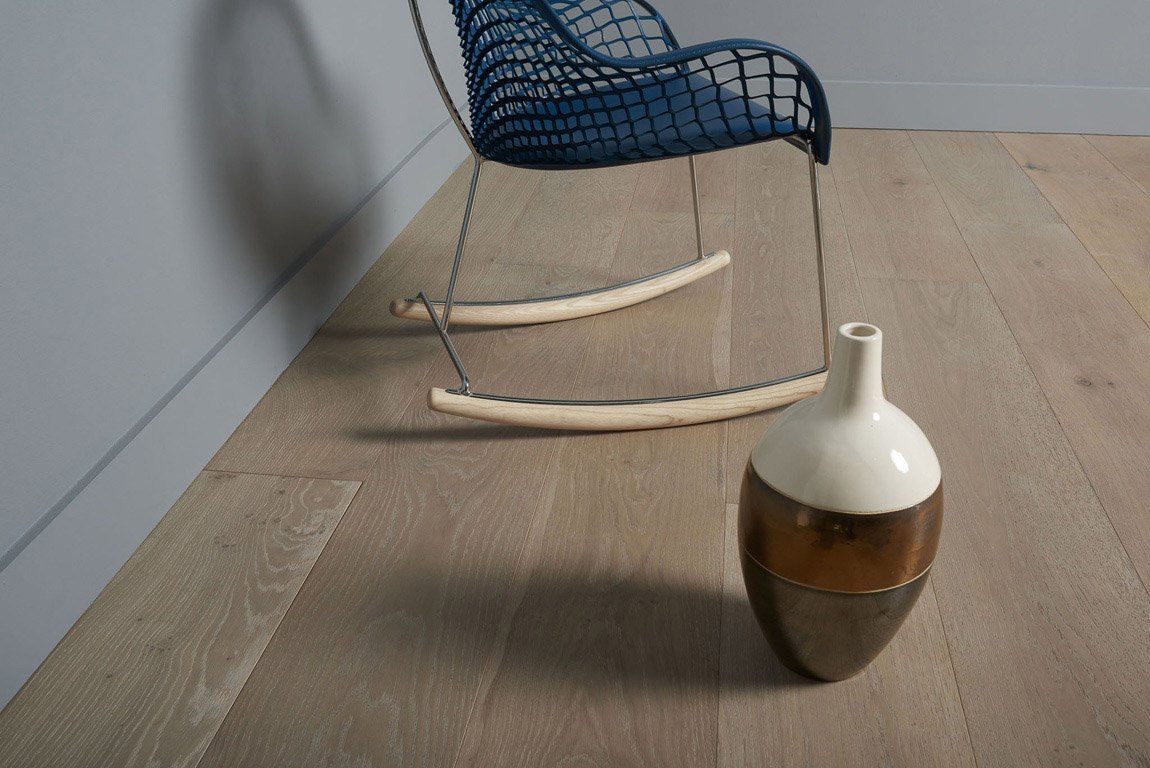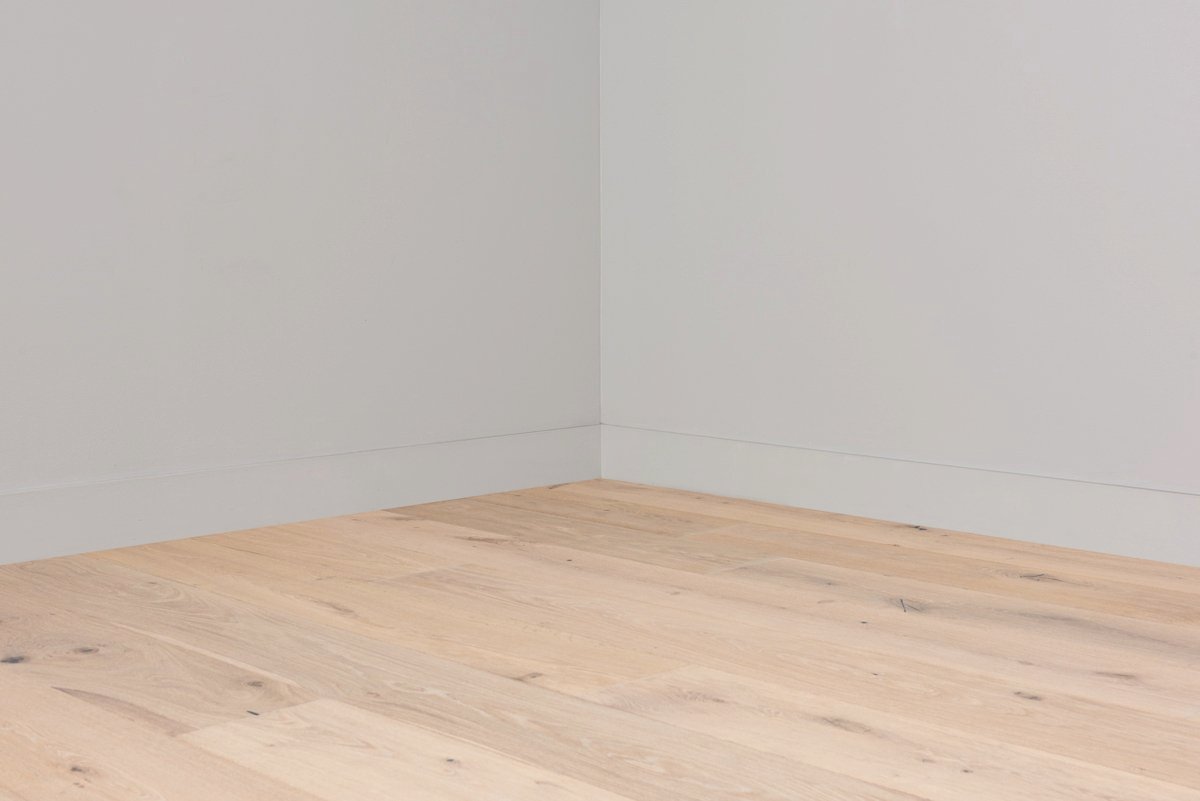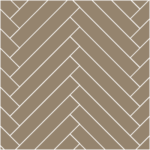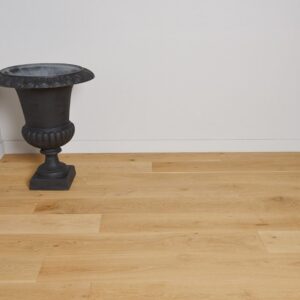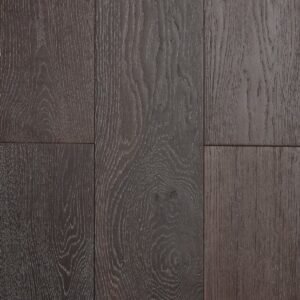Ferrara European White Oak Engineered Hardwood
Description
Ferrara promises an economical choice within our wide-planked ABCD grade selection and is guaranteed to add a modern feel to your current or upcoming renovation with its natural vintage color and style combination. This particular wood floor is finished with thin layers of UV Oil to achieve certain finish specialties like leveling, protection together with gloss and it is also wire brushed for the benefit of fine texture while maintaining a smooth appearance.
- finish UV Oil
- grade ABCD (Character)
- plank-length Random Up to 87″ (Most pieces are 87″)
- texture Wire Brushed
- thickness 5/8"
- wear-layer 4mm
- width 10-1/4″
- Color Grey
FAQs
Refinishing is a restoration process that helps reset hardwood floors and extend their longevity. Although it can be costly, the benefits of refinishing are that you are able to restore uneven coloring from daily wear, repair scratches and dents, and even completely change the color of your wood floors, like a reset. Refinishing is also a great way to extend the life of your flooring and is incredibly cheaper than a full replacement.
The process to refinish begins with taking a large, heavy sanding machine to remove the topmost layer, also known as the existing finish, from the floors. This finish is a defensive layer that protects the actual wood from damage. The exposed wood is then sanded down to even out the surface and remove dents, scratches, and discolorations.
Once sanding is completed, the next step is to put down a new layer of finish by staining the planks first and then applying three coats of finish, which must be dried in between each coat. This is the step in the process where homeowners can restore their floors to their original color or change colors completely.
Wood Flooring Grades measure hardwood planks on a scale of ABCDEF. Each grade has associated characteristics that are taken into account, such as size of knots, sap content, color uniformity, and more.
The grades are as follows:
Prime or AB Grade –
AB Grade is the highest grade of wood flooring possible. The wooden planks at this grade are cut from the center of the log, offering very few and almost unnoticeable/unobtrusive knots. Wood flooring graded as an AB boasts the most uniform appearance due to minimal color variations. Sap content at this grade is also very low.
Select or ABC Grade –
ABC Grade wood flooring contains some knots, sap content, and color variations – more than AB Grade, but less than ABCD Grade.
Natural or ABCD Grade –
ABCD Grade wood flooring, or Natural Grade, can also be referred to as mill run. At this grade, wood flooring planks have more noticeable and larger knots as compared to the previous two grades. They also contain more sap content and can offer more color variations.
Rustic or DEF Grade –
These grades of wood provide a more rustic or traditional vintage look and feel. They tend to have a larger range in color variation and sap content. This type of wood will generally have more knots and fillers as well.
Engineered wood floors will behave a little differently than solid, tend to be easier to install and are usually more cost effective than solid hardwood. Additionally, due to their multiple-ply construction, engineered hardwood floors have been found to be more suitable in high-moisture areas or in areas where frequent temperature changes are common. These could be areas which are not environmentally controlled, such as below-grade installations or over radiant heating systems. Made of genuine wood, engineered wood flooring gives your home an updated look and feel while still offering more stability than solid hardwood. Of course, while no wood product can tolerate water laying on it, when installed correctly, the increased moisture levels over concrete aren’t a problem for engineered wood floors. It is never recommended to install solid hardwood floors below grade, in basements or wine cellars as it can warp and buckle easily when introduced to elevated humidity and moisture.
Lacquer is a bit like a modern-day varnish, it sits on the top of the wood and doesn’t sink in as oil does. The protection offered by lacquered wood finish is arguably the toughest of all and it really intended for areas where you expect high to heavy footfall. That said because lacquer sits on top of the wood, when it is worn away with wear and tear, the bare wood is left exposed and susceptible to damage. Although, one of the best things about lacquer finished wood flooring is that spills if wiped up reasonably quickly, won’t seep into the body of your floor. The main downside when you choose a lacquer is that it can scuff and scratch more easily than an oiled finish, so it’s doubly important to invest in really great doormats and sweep or vacuum regularly. Refinishing should be done every 7-10 years.
Oil is the modern day equivalent to the old-fashioned wax option, providing both surface protection as well as deep penetrating protection. Although oiled wood floors may require slightly more maintenance on an ongoing basis when compared to lacquered wood floors, it tends to need fewer major interventions because the protection goes deeper than just the surface. Unlike the lacquered finish, when the top layer of oil finish gets worn away, there is still a level of protection underneath. Of course, if you protect it with good doormats, and sweep or vacuum it regularly and give it a light mopping, it’ll stand the test of time nicely. *Reconditioning should be done every 6-8 months depending on traffic.
This will very much depend on the wear layer of your engineered floors, on average, and depending on your refinisher, 0.75 to 1 mm of material can be expected to be lost each time the floors are refinished. This means that a floor with a 4 mm top layer can be refinished 2-3 times if done properly. Since wire brushed and hand scraped floors can lose some of their texture throughout this process, it is important to go over what kind of changes to your floor you can expect with your contractor/refinisher prior to starting.
Some experts will argue that, due to its plywood core, engineered hardwood does not need to acclimate. Despite this also being one of the advantages of using engineered versus solid wood as a flooring solution, it is still best to allow the material to adjust to the relative humidity in the home. The simplest way to do this is by removing the material from its box/bag and allowing air to flow through for 3 – 5 days.
Engineered hardwood floors are the ideal wood floors to be used when installing over radiant heat, while the change in temperature can elevate moisture causing solid hardwood to swell or warp, engineered flooring and its multi-ply construction can provide more stability thereby better resisting movement from environmental fluctuations. Engineered hardwood can also be “floated” (recommended) which means the boards are glued at the seams and not nailed/glued down to the subfloor, this will prove useful by leaving plenty of room for the thin tubes to lie easily beneath the floor.
The short answer: yes. Despite moisture having always been the sworn enemy of wood, given the proper care, hardwood floors in the kitchen and powder room can be a beautiful addition to your home. When choosing a floor, being properly informed will make this decision easier as well as help you prolong the life of your new wood floors.
UV lacquer is a very hard-wearing and durable finish, found to be more than sufficient for any residential interior. However, when enough damage accumulates over time, sections of the floor (planks or entire sections) might need to be replaced. In the kitchen, it’s most commonly the areas in front of the sink, the stove, and especially the fridge that are prone to damages from drops or spills. To protect your floor, use small mats or rugs in those areas.
Oil Finished floors are not as hard wearing as lacquers but reserve their own benefits – local area damages can be repaired rather easily. “Spot repairs” can be achieved using sanding paper, stain (if available) and a refresher oil. An oil-finished hardwood floor is usually the best option for a kitchen in where spills can be cleaned up quickly. Regardless of the type of surface finish, remember to wipe up spills immediately. Sweep, dust, or vacuum regularly and occasionally wipe the surface with a damp mop or cloth. Avoid oil-based sprays, waxes, and polishes, as well as abrasive cleansers. WOCA or BONA hardwood floor products are recommended.
Absolutely! Engineered hardwood is simply a veneer layer affixed to a core of hardwood or plywood, this allows the material to be more flexible making it ideal for installation in areas with frequent or drastic temperature changes. Another great factor is that this process allows for less wood to be discarded during manufacturing, ultimately reducing the amount of unnecessary waste and keeping costs more reasonable.
